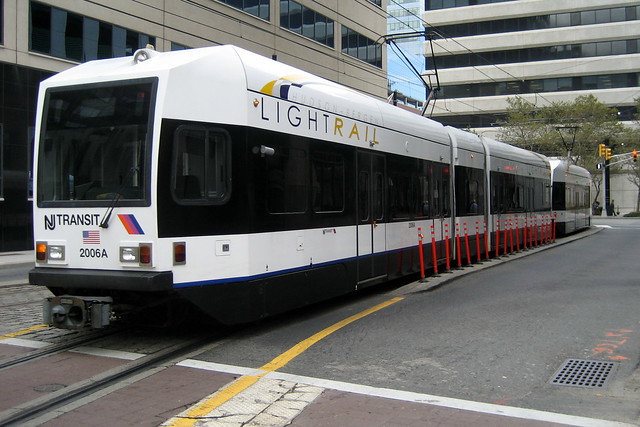As New York and New Jersey continue to hash out funding for the Tappan Zee replacement, New York State Comptroller Thomas DiNapoli has issued a report exploring public-private partnerships as a way to finance the state’s infrastructure deficit. According to DiNapoli’s calculations, New York is on the hook for nearly $250 billion in rail and road improvements, and the best way to find the dollars for these upgrades may involve these controversial P3 partnerships.
The report itself is fairly technical and breaks very little new ground. In it, DiNapoli lays out the oversight challenges and economic hurdles P3 plans face, and he urges the state to ensure that any such partnerships “achieve the correct balance between public and private interests.” It seems though all but inevitable that P3s will have to enter the picture to help bridge the infrastructure deficit. I’ve long believed that adopt-a-station plans would help improve the cleanliness of New York City subway stations, but it will be a challenge to realize agreements that please the private investors and the public interest when the pricetag is a $16 billion one for a new bridge. Still, the report is worth a read. [Office of the Comptroller]





 In an age of cell phones, New Jersey Transit is trying to strike a balance between convenience and serenity. Not everyone wants to hear people yammer away on their cell phones during schleppy rides home after long days in the office, and thus, in September, the Quiet Car pilot program was
In an age of cell phones, New Jersey Transit is trying to strike a balance between convenience and serenity. Not everyone wants to hear people yammer away on their cell phones during schleppy rides home after long days in the office, and thus, in September, the Quiet Car pilot program was 